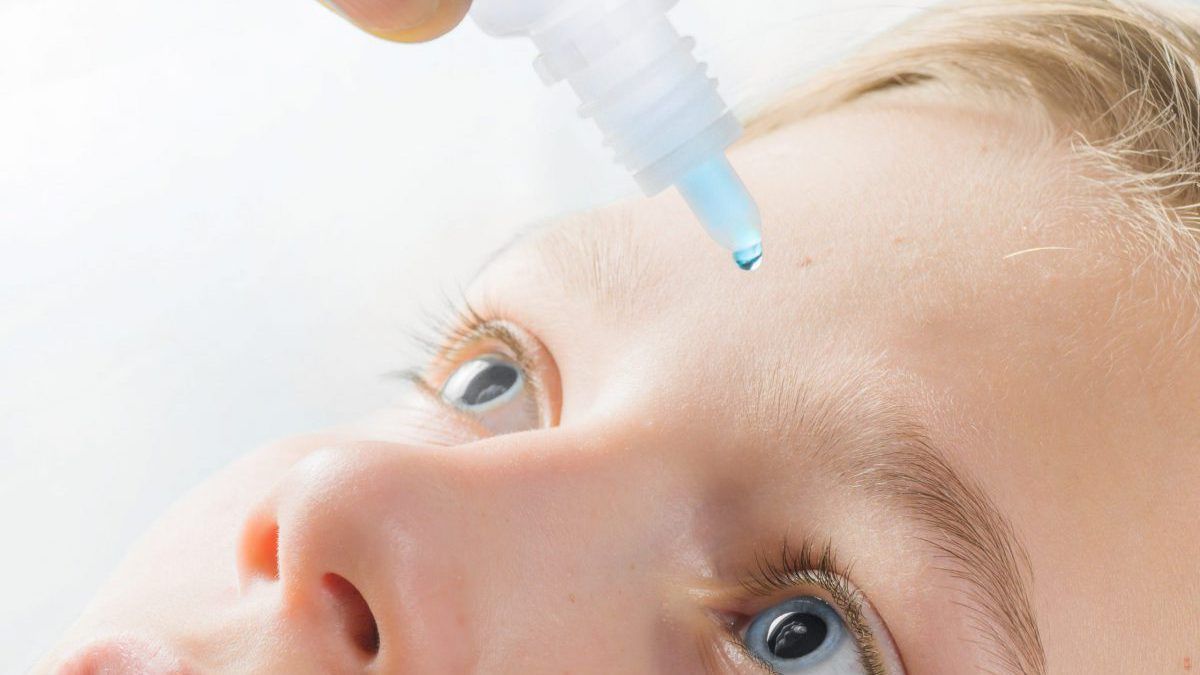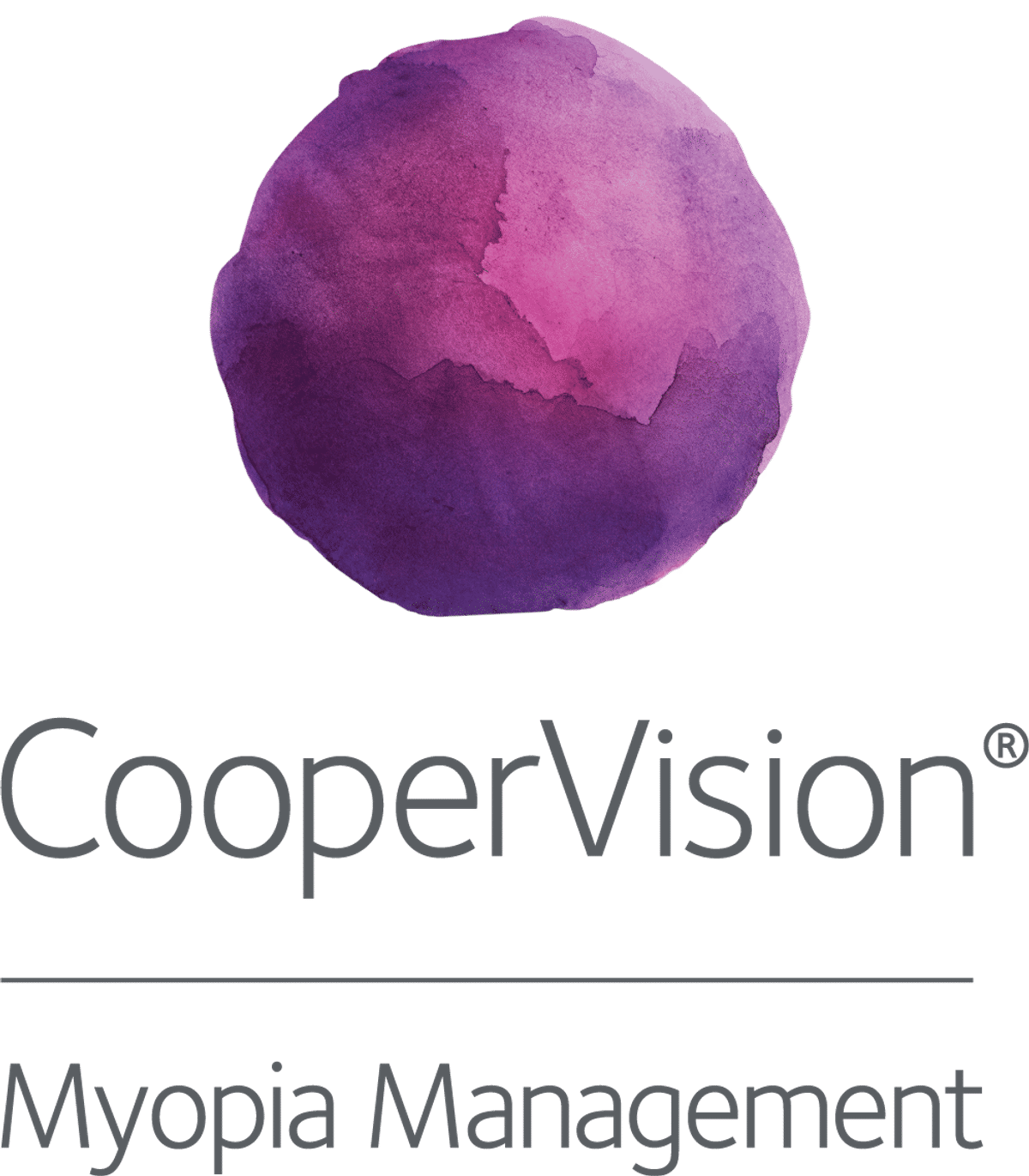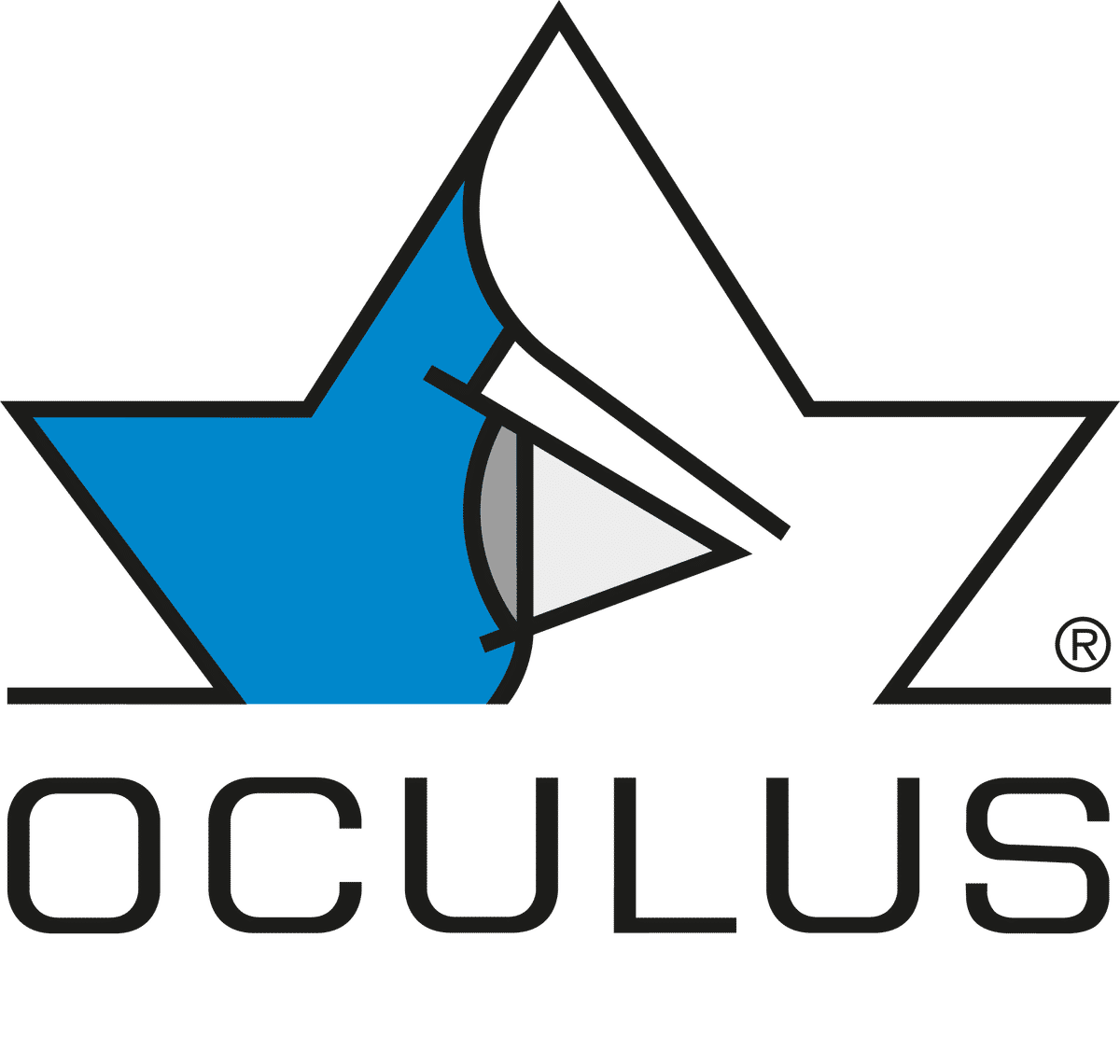Clinical
Systemic side effects of atropine eye drops

Sponsored by
In this article:
First published June 25, 2020
Updated October 17, 2025
Although low-dose atropine is generally well tolerated, systemic absorption can occur and may have implications for patients with specific medical conditions or concurrent medications. This article summarises the evidence on systemic side effects, contraindications, and methods to ensure safe use in clinical practice.
Uses and mechanism
Atropine acts as an antimuscarinic agent, blocking postganglionic muscarinic receptors and thereby inhibiting parasympathetic activity. This enables sympathetic stimulation to dominate, resulting in increased cardiac output and other antimuscarinic effects.
It is mainly used in the management of bradycardia and also to decrease salivation (e.g. before anaesthesia) or to block or reverse the effects of certain drugs (i.e. to counter anticholinesterase poisoning).
Atropine and the eye
Ocular applications of atropine include diagnostic use as a mydriatic and cycloplegic agent, as well as a treatment for amblyopia and myopia control in children.
When atropine is used for myopia control, the World Health Organization currently recommends limiting treatment duration to 2 years, although studies have shown that 0.05% atropine can be safely tolerated for continuous use up to 5 years.
The ocular side effects of atropine are well known. Especially at higher concentrations (>0.1%), patients may experience photophobia and mydriasis, which can lead to difficulties during near work.
Allergic reactions can occur in both the ocular and periocular regions, and the likelihood of an allergic response increases with concentration.
While mydriasis can contribute to an increase in intraocular pressure, there have been no reports of atropine inducing ocular hypertension in children.
Systemic effects of atropine eye drops
Systemic absorption of atropine can occur if the drug passes through the puncta into the nasolacrimal duct and is absorbed via the nasal mucosa. Although rare, this can produce adverse effects, including:
- Difficulty urinating
- Constipation
- Fever
- Flushing and dryness skin
- Skin rash, hives
- Headache, dizziness, drowsiness and/or weakness
- Nervousness, restlessness, confusion, shaking and/or tremor
- Nausea and vomiting
- Loss of taste
- Dryness of the mouth, nose, and throat
It is almost impossible to achieve lethal toxicity from ophthalmic atropine.
A 0.1% solution contains approximately 0.5 mg per drop, meaning that a physiologically impossible absorption of around 20 drops would be required to reach a potentially fatal dose. Atropine is also rapidly metabolised, with a half-life of two to five hours, further reducing the risk of complications.
The mnemonic “hot as a hare, red as a beet, dry as a bone, blind as a bat, mad as a hatter” is often used to describe the systemic effects of atropine.
How to minimize systemic absorption
Systemic absorption can be minimized using the double DOT technique (don’t open the eyes and digital occlusion of the tear duct) immediately after drop instillation.
- Ensure clean hands and that the bottle top does not touch the eye.
- Retract the lower eyelid and place the drop in the lower conjunctival sac while the patient is looking up.
- Instruct the patient to close their eye immediately.
- Press a finger firmly over the punctum while the eye is closed, and hold for about 1-2 minutes.
Contraindications for topical atropine
Atropine is safe and well-tolerated when prescribed at low concentrations for myopia control.
But as with any medication, prescribing should be supported by thorough history-taking, consideration of risks versus benefits, and close monitoring.
Atropine does not have any absolute contraindications, but caution is advised in patients with:
- Hypersensitivity to atropine or any component of the product
- Angle-closure glaucoma, increased intraocular pressure
- Myasthenia gravis
- Severe inflammatory gastrointestinal disease or obstruction
- Cardiovascular and pulmonary disease (e.g. arrythmias, chronic lung disease, asthma)
- Concurrent use of drugs with anticholinergic properties
Key points
- Atropine is safe when prescribed at low concentrations for myopia control and can be used for extended periods of time.
- Instruct families on practising the ‘double DOT’ technique and store the medication safely out of the reach of children, to mitigate the possibility of systemic absorption.
- As with any medication, patients should be monitored for tolerance, adherence, and side effects, with regular follow-up to ensure ongoing safety and efficacy.
Meet the Authors:
About Cassandra Haines
Cassandra Haines is a clinical optometrist, researcher and writer with a background in policy and advocacy from Adelaide, Australia. She has a keen interest in children's vision and myopia control.
About Brian Peng
Brian is a clinical optometrist based in Sydney, Australia. He graduated from the University of New South Wales and was awarded the Research Project Prize for his work on myopia. He has a keen interest in myopia-related research, industry, and education.
Read Brian's work on our My Kids Vision website, our public awareness platform. Brian also works on development of various new resources across MyopiaProfile.com.
This content is brought to you thanks to an educational grant from
References
- Patel P, McLendon K, Preuss CV. Atropine. . Jan 2025. [link]
World Health Organization. The impact of myopia and high myopia: report of the Joint World Health Organization – Brien Holden Vision Institute Global Scientific Meeting on Myopia. In WHO; 2015. Available from: https://myopiainstitute.org/wp-content/uploads/2020/10/Myopia_report_020517.pdf
[link]- Zhang XJ, Zhang Y, Yip BHK, et al. Five-Year Clinical Trial of the Low-Concentration Atropine for Myopia Progression (LAMP) Study: Phase 4 Report. Ophthalmology. Sep 2024;131(9):1011-1020. [link]
- Yen MY, Liu JH, Kao SC, et al. Comparison of the effect of atropine and cyclopentolate on myopia. Ann Ophthalmol. May 1989;21(5):180-2, 187. [link]
- Yam JC, Jiang Y, Tang SM, et al. Low-Concentration Atropine for Myopia Progression (LAMP) Study: A Randomized, Double-Blinded, Placebo-Controlled Trial of 0.05%, 0.025%, and 0.01% Atropine Eye Drops in Myopia Control. Ophthalmology. Jan 2019;126(1):113-124. [link]
- Kothari M, Jain R, Khadse N, et al. Allergic reactions to atropine eye drops for retardation of progressive myopia in children. Indian J Ophthalmol. Oct 2018;66(10):1446-1450. [link]
- Wu TE, Yang CC, Chen HS. Does atropine use increase intraocular pressure in myopic children?. Optom Vis Sci. Feb 2012;89(2):E161-7. [link]
- Parsa CF, Adyanthaya R. Why atropine drops should be used in Down syndrome. Br J Ophthalmol. Feb 2008;92(2):295-6. [link]
South East Asian Glaucoma Interest Group (SEAGIG). Asia-Pacific Glaucoma Guidelines [Internet]. Sydney: Scientific Communications International; 2016. Available from: http://medi-guide.meditool.cn/ymtpdf/80C3C8C0-BED9-6460-F2FA-8C56BBF88EDF.pdf
[link]Perth Children’s Hospital. Atropine [Internet]. Government of Western Australia; 2024 Aug. Available from: https://www.pch.health.wa.gov.au/~/media/Files/Hospitals/PCH/General-documents/Health-professionals/MedicationMonographs/Atropine.pdf
[link]
Enormous thanks to our visionary sponsors
Myopia Profile’s growth into a world leading platform has been made possible through the support of our visionary sponsors, who share our mission to improve children’s vision care worldwide. Click on their logos to learn about how these companies are innovating and developing resources with us to support you in managing your patients with myopia.












